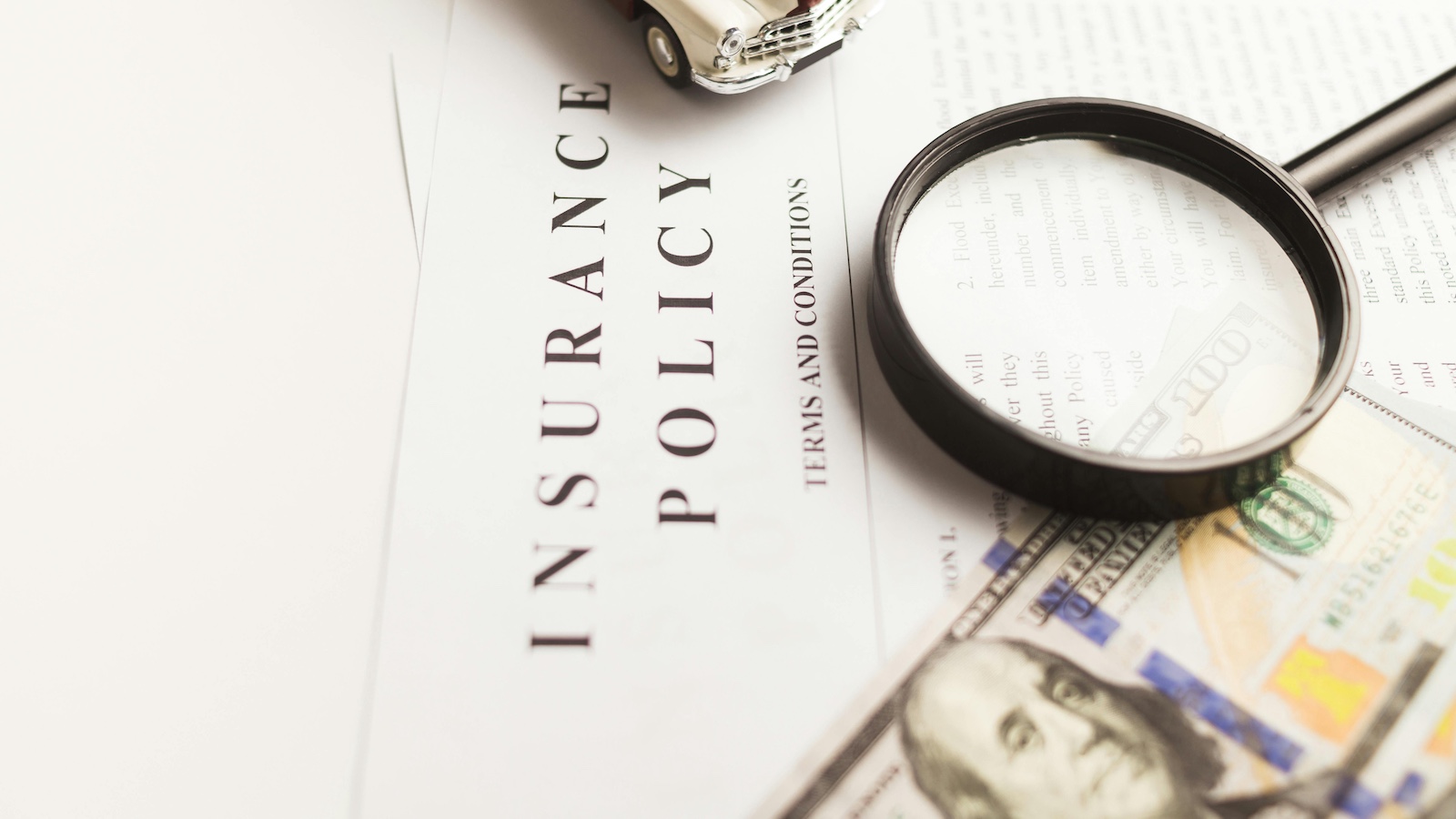For business owners, securing affordable property insurance has become increasingly challenging over the past five-plus years due to the rising valuations of their properties. Historically undervalued by as much as 30%, these properties have been reassessed by underwriters, who have encountered claims that exceed the properties’ declared value.
Most industries have also experienced a surge in both attritional losses and natural disasters that have surpassed the total declared or reported value for specific locations or exposures. Inflation and supply chain issues have also contributed to the strained insurance market, driving loss amounts far beyond what was anticipated or underwritten.
So premiums have soared and coverage conditions have become stricter — even for properties with little to no CAT exposure and excellent loss histories.
The good news is that valuations are stabilizing, primarily because most business owners have raised their property valuations in response to underwriters’ mandates, and inflation has slowed. Now, instead of 10% to 20% annual inflation in values, the starting point is a much less drastic 2% to 5%, with adjustments based on the specific exposure.
See also: 7 Key Strategies to Safeguard Property
Staying on top of high property valuations
By managing property valuations, business owners can avoid unexpected premium increases while adequately safeguarding their essential assets. Here are five ways to do just that. Business owners should:
- Establish a clear valuation methodology to share with insurers.
- Conduct appraisals on a replacement cost basis, as this aligns with how insurance policies are typically valued.
- Include a detailed write-up of the valuation methodology in market submissions. This provides underwriters with an added layer of security and verification.
- Regularly review any insurance policies before they expire to ensure adequate coverage. Additionally, consider seeking deductible options to determine the impact on quoted premium rates.
- Use a reputable insurance broker to assist with appraisals, purchasing insurance and filing claims if necessary.
Pivoting when coverage becomes cost-prohibitive
In cases where a reappraisal results in prohibitively expensive or unavailable coverage, a stair-step approach can be effective if insurer partners are agreeable. This involves gradually increasing property values by 5% to 10% annually over two to three years, rather than making a single large adjustment, such as a 30% increase in one year.
For property owners facing capacity or cost challenges, alternative risk options are available that come in various structures, tailored to different types of risks. These include captives, parametric insurance, structured solutions, integrated risk programs, and even self-insurance.
Captive insurance involves creating a self-funded insurance company, enabling entities to assume some or all of their own risks, sometimes in collaboration with similar risk-related entities. It may initially be more expensive than a traditional program, so it’s not a quick fix for high rates.
However, a well-managed captive can become profitable within a few years, reducing market uncertainties and offering long-term financial benefits. Premium savings can then be reinvested into the business to manage risk effectively.
These alternatives are worth considering when traditional insurance becomes too expensive, inefficient, or unavailable and should be considered when conducting your renewal strategy. Establishing an alternative insurance program is a complex process that requires careful planning.
It’s crucial for a business to assess its financial strength and ability to fund potential losses without traditional insurance. This involves understanding your risk tolerance and thoroughly evaluating all insurance alternatives well in advance of coverage expiration. Generally, all insurance plans should be reviewed at least 90 to 120 days before renewal, with even longer prep times for complex risks that may require inspections by insurers.
See also: Potential Solutions to Home Insurance Crisis
A plan for property management
Navigating higher property valuations and mitigating insurance premium increases requires a strategic approach from business owners. By staying on top of property valuations, establishing clear valuation methodologies, considering alternative risk options, and working closely with reputable insurance brokers, businesses can effectively manage their insurance needs.






